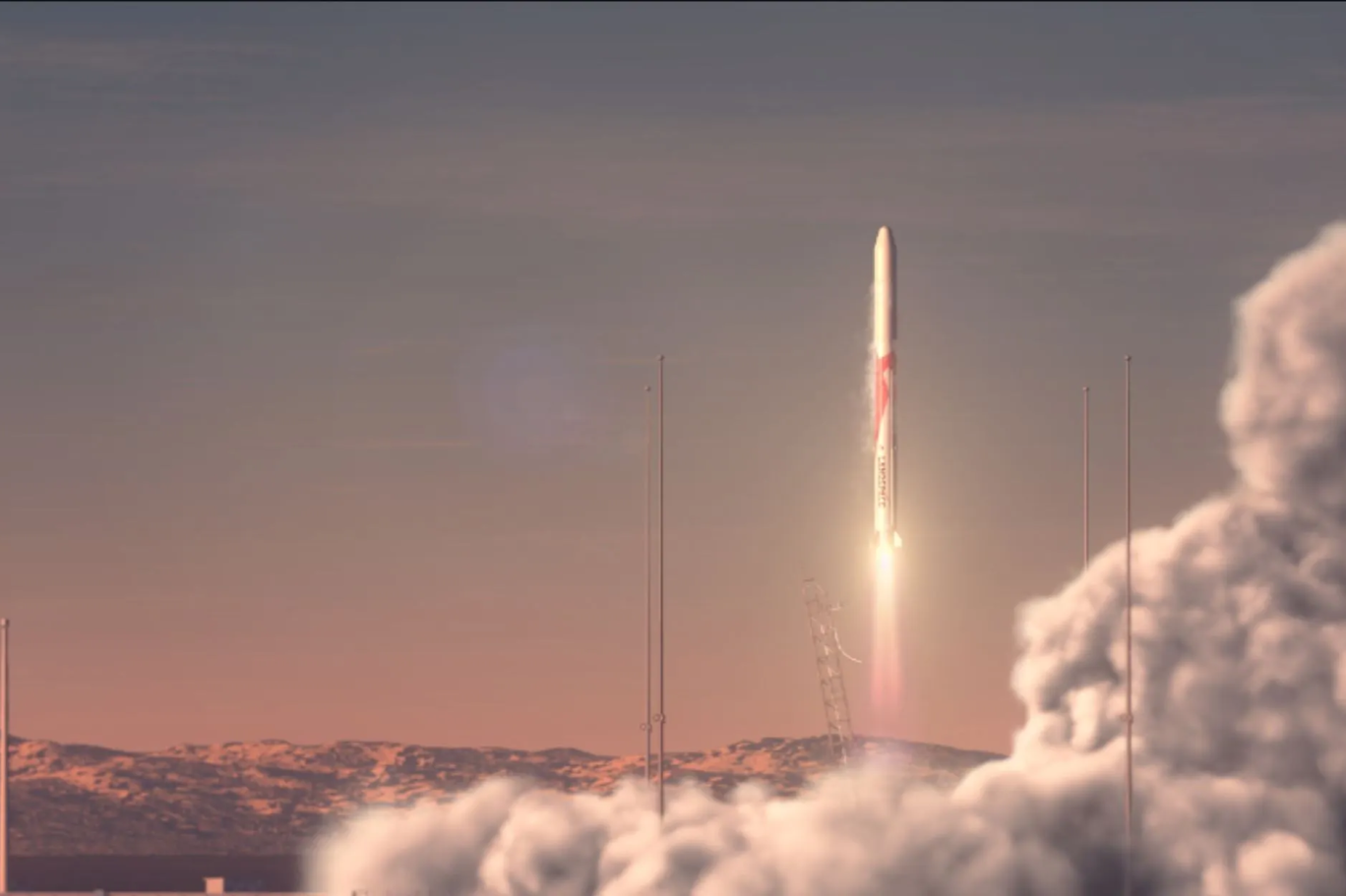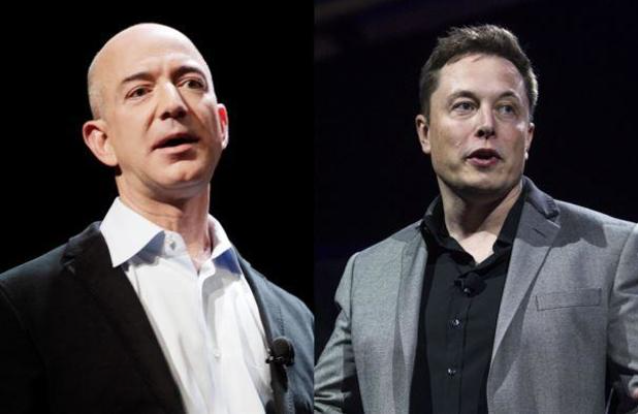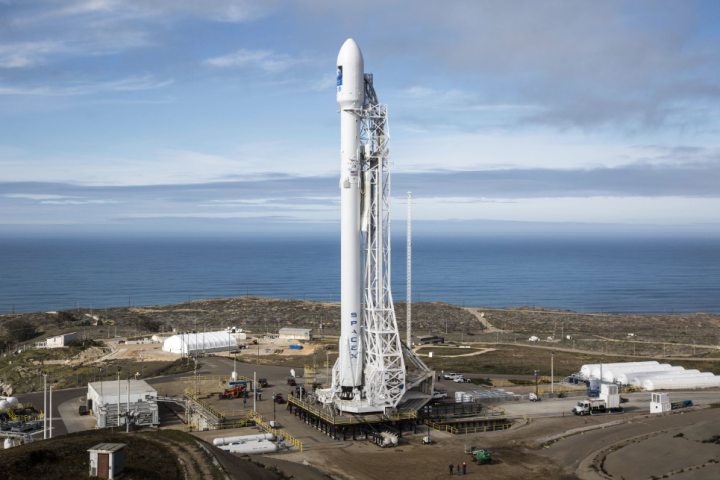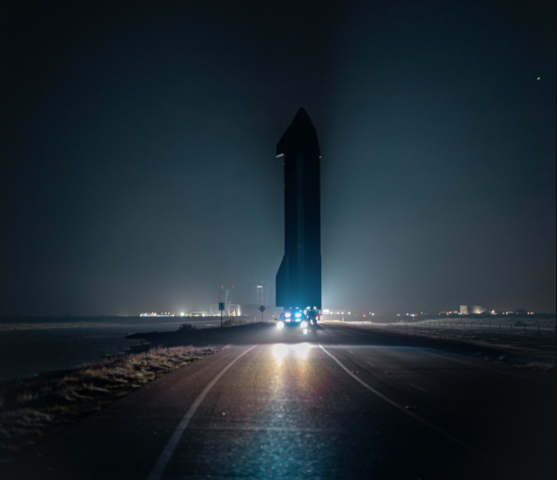A Beijing-based startup has completed a “bounce test” that involves launching a stainless steel rocket several hundred meters upwards and then landing it vertically. This feat was accomplished nearly 11 years ago by SpaceX’s larger rocket Super Heavy Starship.
The Zhuque-3 rocket developed by the Chinese company LandSpace took off from the Jiuquan Satellite Launch Center in the Gobi Desert at 16:00 (11:00 a.m.) on Friday and reached an altitude of 350 meters in about 60 seconds and landed vertically 100 meters away, the company announced.
LandSpace, which sent the world’s first methane rocket into orbit last year, said in a statement: “The rocket landed smoothly and accurately and remained in good condition. The flight was a complete success.”
The more than 70-meter-long, two-stage stainless steel rocket is expected to be capable of carrying more than 20 metric tons of payload to low Earth orbit (LEO) when single-use.
The rocket can carry about 18 tons of payload when its first stage is recovered and 12.5 tons when it returns to the launch site, the company previously said.
A growing number of space startups, including more than half a dozen companies, are trying to emulate SpaceX’s vertical takeoff, vertical landing (VTVL) successes
Last year, jump tests were conducted by Beijing-based rocket launch startup iSpace and Jiangsu-based Deep Blue Aerospace.
According to SpaceNews, Chinese state-owned CAS Space also conducted VTVL tests with a small test rocket in April last year.
Elon Musk’s SpaceX pioneered VTVL and first demonstrated in 2013 that the 10-story-tall Grasshopper rocket could successfully take off, hover and land vertically.
Until SpaceX proved the efficiency of the technology, space companies and agencies had no choice but to routinely dump their rockets’ massive fuel chambers and let them burn up in the Earth’s atmosphere.
VTVL vehicles are now expected to reduce the costs of launching rockets into space by making rocket parts reusable.
SpaceX has already broken its own record for successful launches by reusing Falcon 9 rockets.
LandSpace’s Zhuque-3 is expected to be similar in size to Falcon 9 in terms of payload capacity, but slightly wider.
“This is still the largest vertical take-off and landing test in China,” the company added.
https://www.independent.co.uk/space





